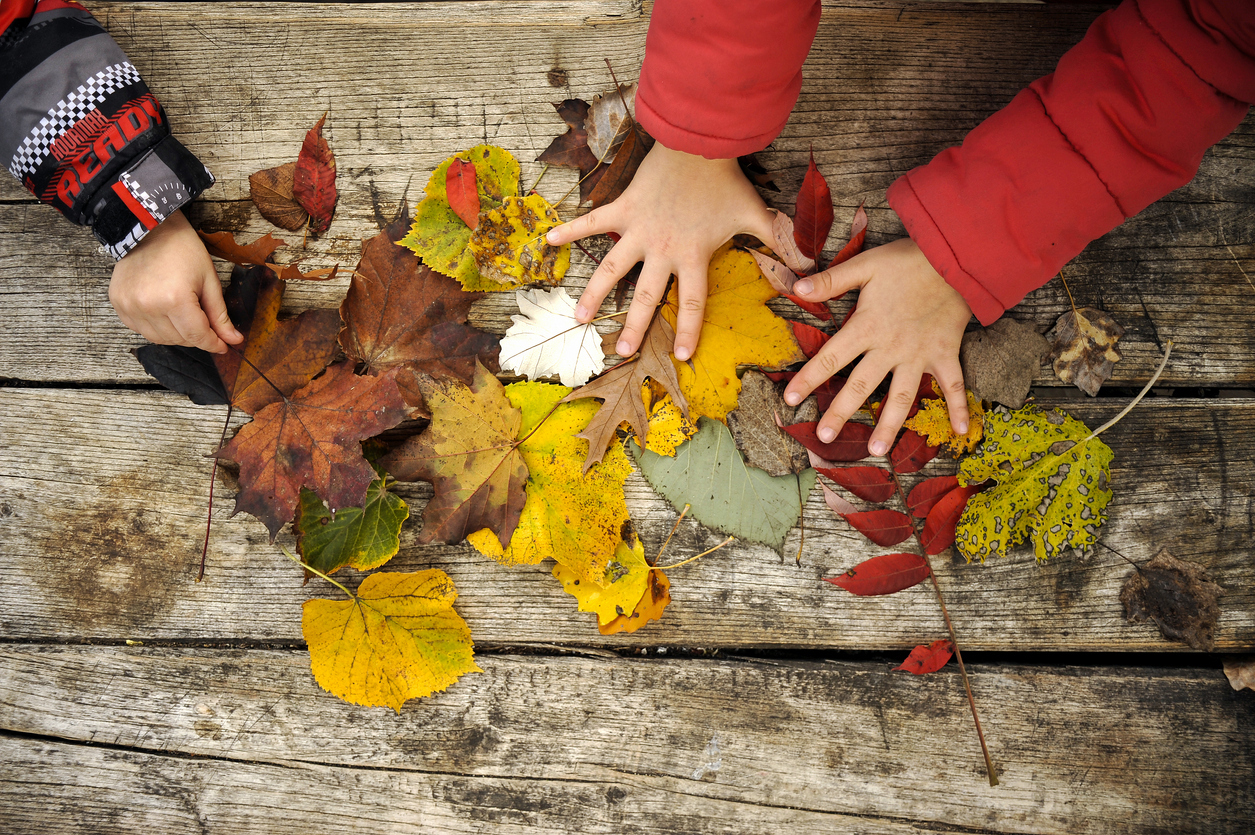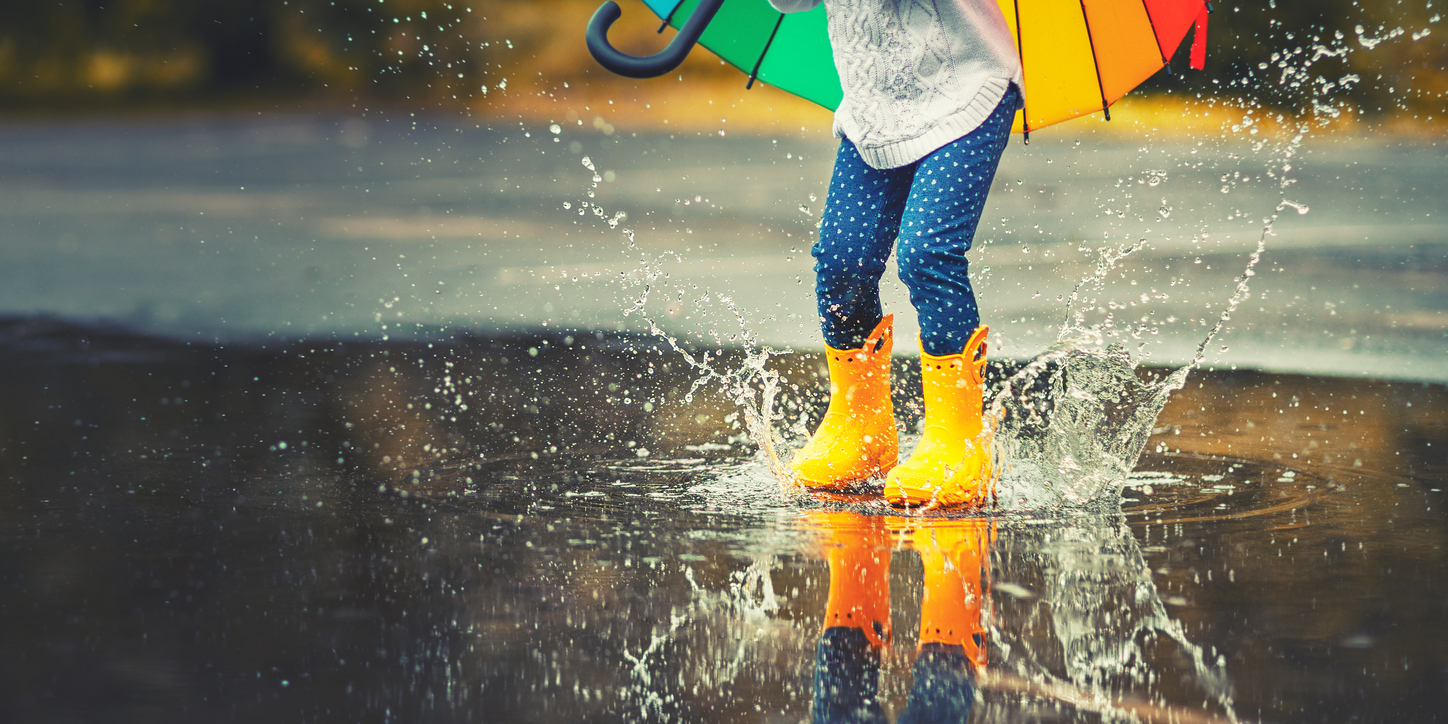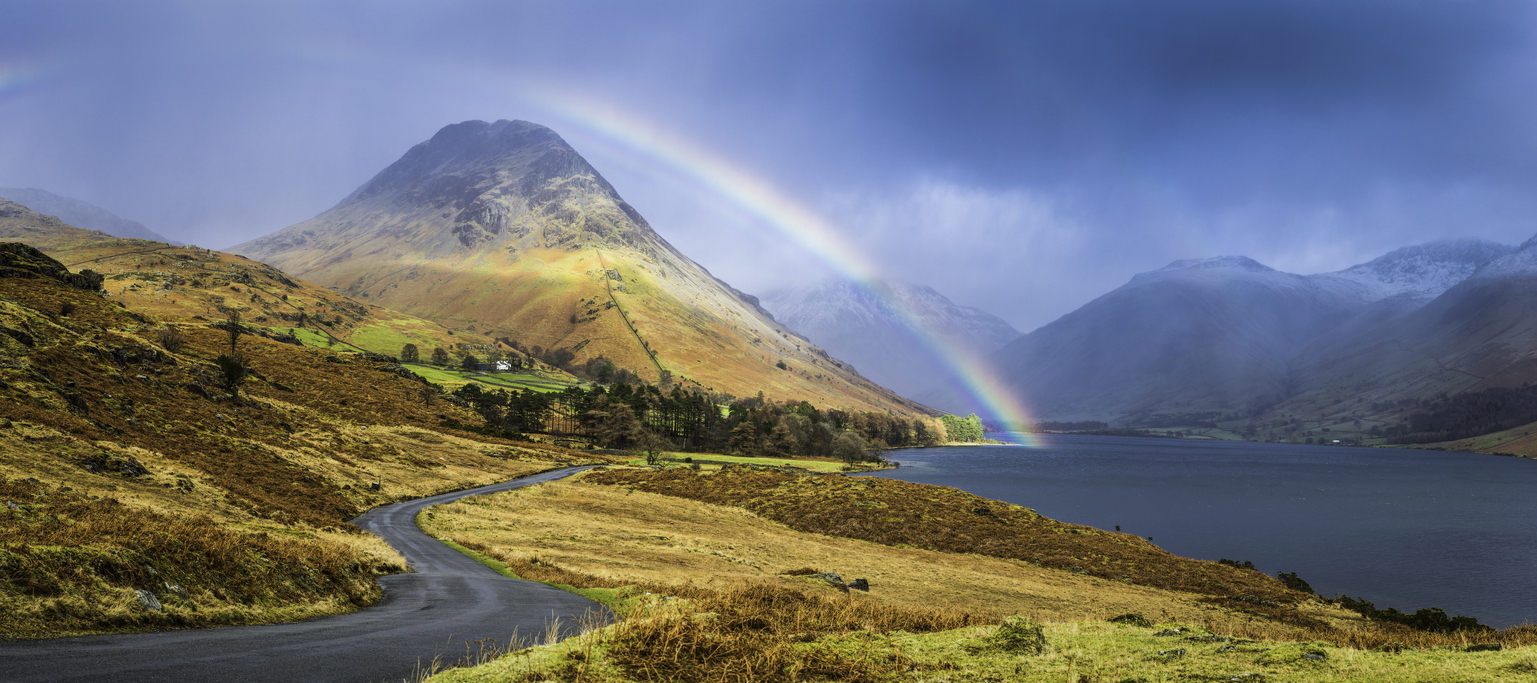Learning objective
Knowledge:
- To recognise that daylight hours change across the four seasons.
Working scientifically:
- To record data in a pictogram.
Success criteria
Knowledge:
- I can recall
This content is for subscribers only. Join for access today.
National curriculum
Science
Seasonal changes
This content is for subscribers only. Join for access today.
Cross-curricular links
Maths
Measurement
Pupils should be
This content is for subscribers only. Join for access today.
Before the lesson
This content is for subscribers only. Join for access today.
Lesson plan
Recap and recall
Display the Presentation: Odd one out and ask the children to talk to a partner about which image is the odd one out and why. (Easter is the odd one out because it is a religious festival whereas spring and winter are both seasons.)
This content is for subscribers only. Join for access today.
Extended-mode explainer videos
How to extend your display to view the lesson page and preseantion mode simultaneously. Choose your operating system below to watch the video
If you need further support with extending your display,
please contact [email protected].
Extended-mode explainer video: For Mac
Extended-mode explainer video: For Windows
Adaptive teaching
Pupils needing extra support
Could be given a whiteboard with the seasons pre-labelled; could use counters/cubes to represent the daylight hours in each season; could match images from the Resource: Seasonal mornings to season labels, describing the daylight hours in each season, e.g. ‘In winter, it is still dark because the sun has not risen yet’.
Pupils working at greater depth
Should complete the Activity: Interpreting data; could verbally narrate the Pupil video: Daylight hours referencing time, daylight hours, sunrise, sunset, seasons and activities, e.g. ‘The sun rises at eight o’clock in the morning, we have our lunch at midday, the sun goes down at four o’clock, it gets dark early because it is winter’.
This content is for subscribers only. Join for access today.
Assessing progress and understanding
Pupils with secure understanding indicated by: gathering data and using
This content is for subscribers only. Join for access today.
Vocabulary definitions
-
conclusion
A summary of what has been found out.
-
data
Information collected when observing.
This content is for subscribers only. Join for access today.





